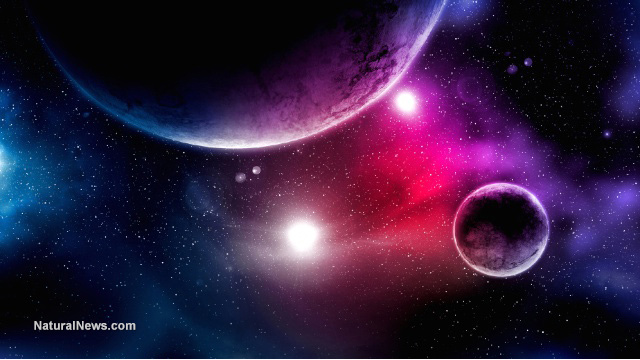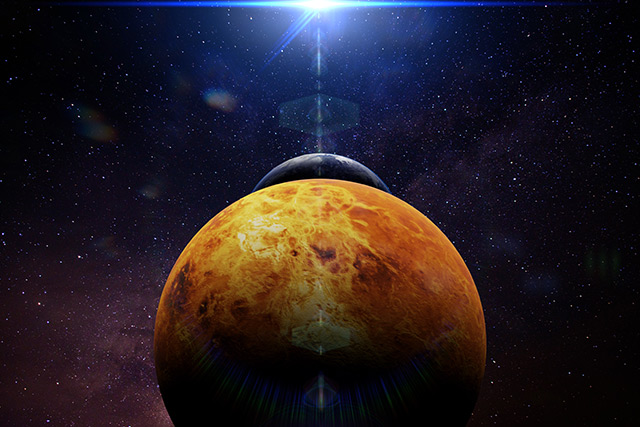
Earth-like exoplanets hog the spotlight for obvious reasons. Many experts continue to hold out for finding another rocky world in the habitable zone of its primary star, that sweet spot where life-giving liquid water could exist on the face of the planet.
For just as obvious reasons, Jupiter-like gas giants were generally ignored. A planet that is mostly made up of pressurized gas cannot have that much liquid water on the surface of its core.
However, a new study from the University of California Riverside (UC Riverside) redirected attention from Jovian exoplanets to their moons. Similar to how rocky planets at a certain distance from their star might be habitable, the rocky exomoons of a gas giant could likewise hold life.
If our solar system is any indication of the planet-to-moon ratios in the larger galaxy, there will be far more moons than there are planets, which vastly improves the chances of finding extraterrestrial life. (Related: Alien life may exist in Jupiter’s moon Europa and other frozen worlds.)
Gas giant exoplanets may have moons that harbor extraterrestrial life
"There are currently 175 known moons orbiting the eight planets in our solar system," explained Stephen Kane, the co-author of the study who teaches planetary astrophysics at UC Riverside. "While most of these moons orbit Saturn and Jupiter, which are outside the sun's habitable zone, that may not be the case in other solar systems. Including rocky exomoons in our search for life in space will greatly expand the places we can look."
Kane and his UC Riverside colleagues went through the data collected by NASA's Kepler space telescope. During its nine years of operation, Kepler found seven out of every 10 known exoplanets.
The researchers identified 121 gas giants in the "Goldilocks zone" of their home star. None of these exoplanets have been proven to have a retinue of natural satellites.
Still, given how the four gas giant planets in our solar system are surrounded by multiple moons, it appears likely that the Jovian exoplanets will also have many satellites. If so, those moons are also very good candidates for extraterrestrial life.
For one thing, those moons will have plenty of light that can be used by lifeforms. Not only is there light from the primary star, but that light also reflects off the thick atmosphere of the gas giant.
The more exomoons, the better the chances for alien life
In their study, the researchers calculated that if an exoplanet has just one large terrestrial moon, the probability of that moon being in the habitable zone is much lower than the chances for terrestrial planets in the Goldilocks zone of a star. However, if that gas giant has more than one moon, the chances of its habitability are much better.
"Now that we have created a database of the known giant planets in the habitable zone of their star, observations of the best candidates for hosting potential exomoons will be made to help refine the expected exomoon properties," remarked Michelle Hill, an Australian researcher from the University of Southern Queensland who served as the main author of the study.
Hill added that findings in future studies could guide the development of future telescopes. Better instruments will be needed to find the moons of those gas giant exoplanets, investigate their characteristics, and see if they show evidence of life.
Find out the possibility of life out there by visiting Cosmic.news.
Sources include:
Please contact us for more information.























